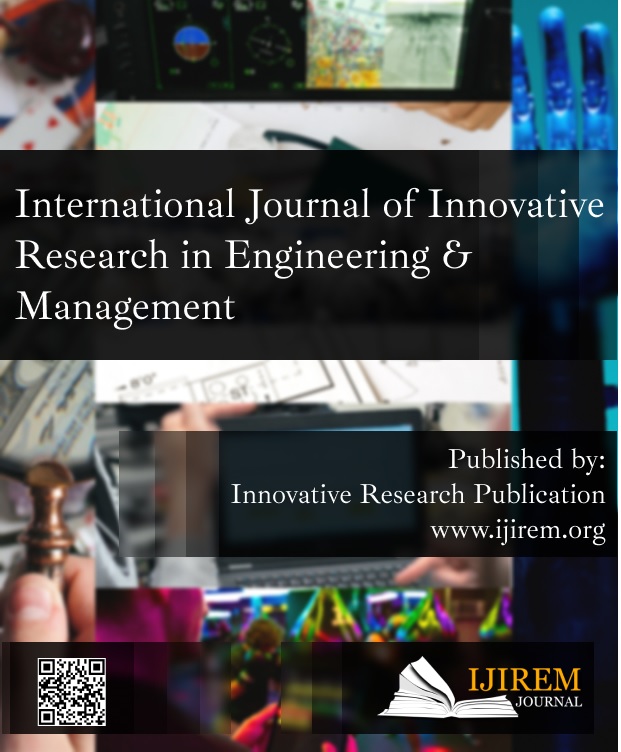A Study on Laboratory Evaluation of Warm Mix Asphalt Incorporated With Reclaimed Asphalt Pavement
Keywords:
Sustainability, RAP, Asphalt, Pavement, RecycleAbstract
Sustainable Development Goal-11 envisions making cities and human settlements inclusive, safe, resilient and sustainable. This includes sustainable transport in the context of infrastructure, public transport systems, good delivery networks, affordability, efficiency and convenience of transportation, improving urban air quality and health and reducing greenhouse gas emissions. Warm mix asphalt (WMA) and reclaimed asphalt pavement (RAP) are the most leading sustainable materials in asphalt concrete pavements. WMA has been in use for quite some time; however, innovations and increased usage have been stimulated by the greater emphasis on sustainable infrastructure systems. WMA enables decreased production temperatures with the help of wax, water, or other chemicals. The effects of decreased production temperatures include lowered fuel use and emissions, improved compaction, and possible RAP concentration rises. RAP is the recycled product of the old asphalt concrete pavements, and its use leads to trimming in new aggregate and asphalt requirements. However, substantial performance issues can rise from the incorporation of WMA or RAP materials in asphalt concrete. This study assesses the prospects of WMA technologies and their integration with RAP. Initially, a detailed literature review was done to understand the advantages, disadvantages, and past field and lab performance of WMA and RAP mixtures. Marshall Tests, Indirect tensile strength test, aggregate coating and skid resistance tests were conducted on virgin, and varied RAP proportioned mixtures to examine the effects of RAP percentage on Optimum bitumen content, Marshall stability and flow values, aggregate coating and skid resistance. The results of this experiment provided several crucial observations. First, the OBC decreased with an increase in RAP percentage. Secondly, moisture susceptibility, as well as aggregate coating, decreases with the increase in RAP dosage. Furthermore, the inclusion of RAP to WMA mixtures decreased the skid resistance of asphalt concrete as determined by a portable skid resistance tester.
Downloads
References
Kennedy, T. W., W. O. Tam, and M. Solaimanian, “Optimizing Use of Reclaimed Asphalt Pavement with the SuperPave System,” Journal of the Association of Asphalt Paving Technologists, Vol. 67, 1998, pp. 311-333.
Kandhal, P. S., S. S. Rao, D. E. Watson, and B. Young, Performance of Recycled Hot-Mix Asphalt Mixtures in the State of Georgia, National Center for Asphalt Technology, NCAT Report 95-01, 1995.
Carpenter, S. H., and J. R. Wolosick, “Modifier Influence in the Characterization of Hot-Mix Recycled Material,” Transportation Research Record 777, TRB, Washington, D.C., 1980, pp. 15-22.
Oliver, J. W. H., “The Influence of the Binder in RAP on Recycled Asphalt Properties,” International Journal of Road Materials and Pavement Design, Vol. 2, No. 3, 2001, pp. 311- 325.
Stephens, J. E., J. Mahoney, and C. Dippold, Determination of the PG Binder Grade to Use in a RAP Mix, Report No. JHR 00-278, Connecticut Department of Transportation, Rocky Hill, CT, 2001.
Huang, B., G. Li, D. Vukosavljevic, X. Shu, X., and B. K. Egan, “Laboratory Investigation of Mixing Hot-Mix Asphalt with Reclaimed Asphalt Pavement,” Transportation Research Record: Journal of the Transportation Research Board, No. 1929, Washington, D.C., 2005, pp. 37-45.
Karlsson, R., and U. Isaacsson, “Material-Related Aspects of Asphalt Recycling ― State of the Art,” Journal of Materials in Civil Engineering, American Society of Civil Engineers, Vol. 18, No. 1, 2006, pp. 81-92.
